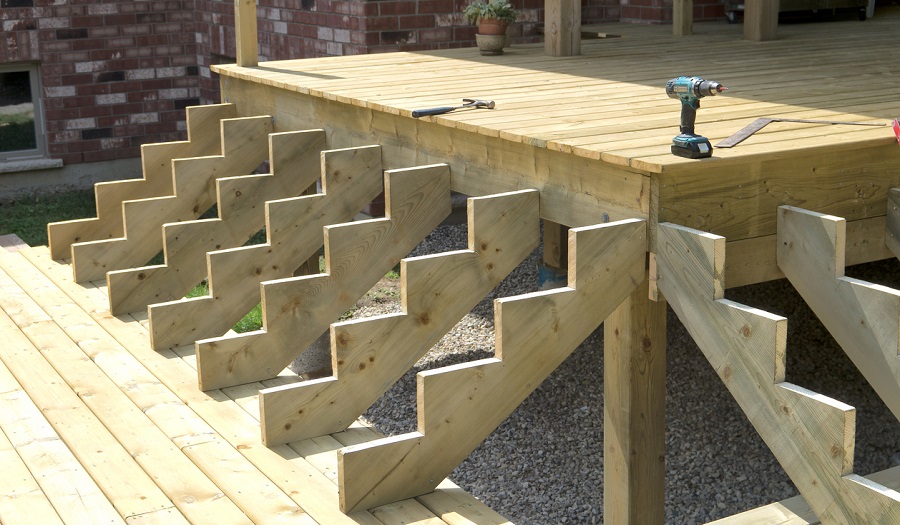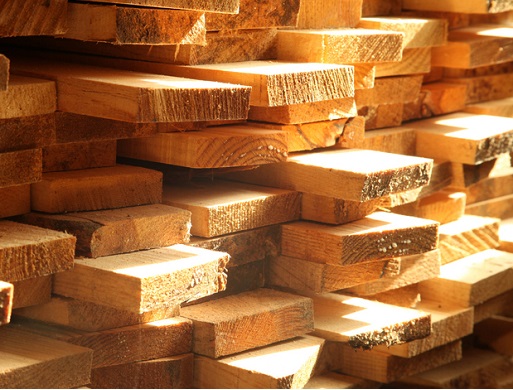Understanding Timber Sizes for Various Garden Projects
Reading time: 4 minutes
An overview of how different timber sizes are typically used
The trim and structural support are just a couple of features which will change across different sizes of timber.
Think about the following when you are buying timber for a job you have in the pipeline:
-
2″ x 1″ (50mm x 25mm) timber is a lightweight material, so best used for framing work, as battens when putting up drywall, and edging furniture.
-
3″ x 1″ (75mm x 25mm) timber has a narrow width and stable design, making it ideal for building shelf supports, chair rails and decorative trims for furniture.
-
4″ x 1″ (100mm x 25mm) timber is lightweight yet strong in its design, so can be used for interior trims, crafting small shelves, and creating slats for decking or fencing.
-
6″ x 1″ (150mm x 25mm) timber is a sturdy material that isn’t too bulky, which makes it perfect when used for wall cladding and panelling, constructing garden beds, and making doors for cabinets.
An important aspect to remember when ordering any timber, is that there is a clear distinction between the material’s nominal sizing and its actual sizing.
The nominal size of timber refers to the material’s dimensions once it has been freshly cut. These are ‘in-name-only’ dimensions and sometimes referred to as ‘green timber’.
As there is high water content present in rough-sawn green timber, the material is hardly used within construction projects in its nominal sizing state.
Instead, a lot of timber will be planed and dried – processes which will shrink the size of the material as excess moisture is removed, and edges worn down to establish a flat surface.
Once this work is complete, the actual size of timber can be measured. These dimensions are usually at least 0.4″ (10mm) smaller than the nominal sizing measurements on all edges.
You can learn much more about finding the correct material for your next project by reading our guide on knowing your timber types and terminology.
However, we’d like to take the time in the remainder of this guide to help you decide on the size of timber you need for a couple of specific types of building work around a property’s garden…
What size timber is needed for decking?
The timber you select for decking will depend on which part of this garden structure that you are working on, as well as the intended size of the entire deck.
Consider the following points:
-
4″ x 2″ (100mm x 50mm) timber is well suited for constructing joinery applications around decking, thanks to its long-lasting and sturdy design.
-
6″ x 2″ (150mm x 50mm) timber should be used for large decking structures and building decking frames which will need to hold heavy pieces of furniture.
Now that you know the type of timber you need for your decking project, be sure to read our advice about planning your garden decking work, and also our tips on building raised decking.

What size timber is needed for sheds?
Keeping with building work that you may be carrying out around a property’s garden, there are a couple of aspects to think about when choosing the correct size of timber for constructing a shed.
The frame of this garden building needs to be strong enough to withstand being hit by torrential rain, heavy snow and gale-force winds which often make up British weather. Therefore, make sure timber that is being used to construct a shed is at least 2″ x 1.5″ (50mm x 38mm) in size.
A shed’s base also must be sturdy and level, so that it creates a solid foundation for the entire garden building. Timber bearers are great to be used for a base of a shed, as they raise a structure off the ground to prevent any damp from rising. This design will also improve air circulation around the building.
These timber bearers should measure 3″ x 2″ (75mm x 50mm), as well as being pressure treated in their design. Make sure to use treated timber suitable for outside use too.
For much more helpful advice about bringing garden sheds into a garden project that you are working on, check out this guide.
Here at Travis Perkins, we stock a wide variety of timber and sheet materials so that you have just what you need for completing so many different construction projects.
Looking for more expert recommendations to enhance how you approach projects around a property’s exterior surroundings? Keep an eye on our gardens and landscaping advice hub for expert tips on everything from large developments to small tidying jobs.




